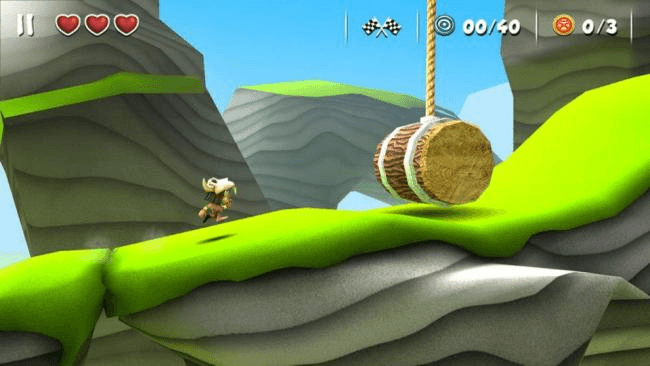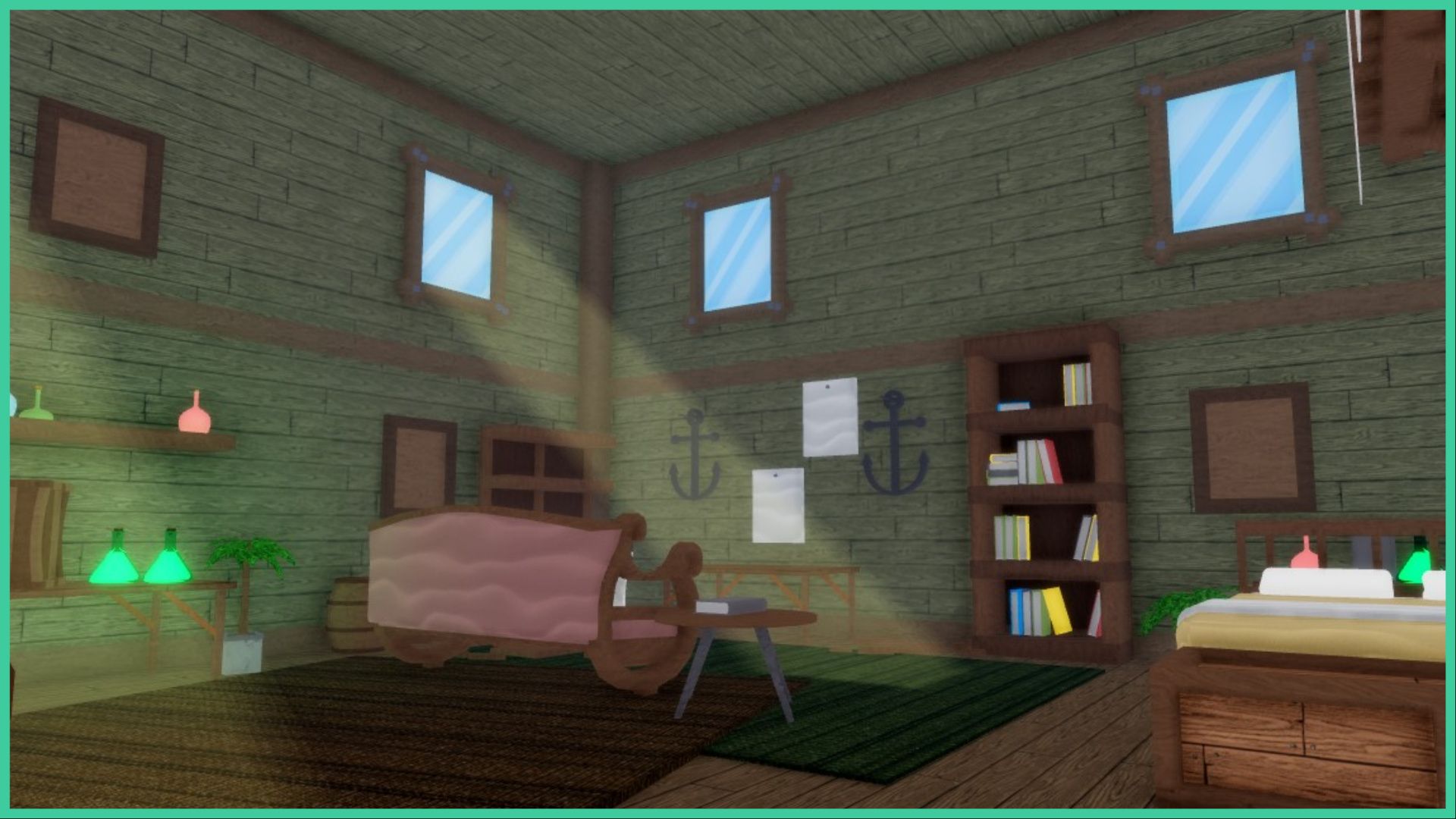- Wondering how to get Monopoly GO! free rolls? Well, you’ve come to the right place. In this guide, we provide you with a bunch of tips and tricks to get some free rolls for the hit new mobile game. We’ll …
All Grades in Type Soul – Each Race Explained
By Adele Wilson
Our All Grades in Type Soul guide lists every grade in the game for all races, including how to increase your grade quickly!Best Roblox Horror Games to Play Right Now – Updated Weekly
By Adele Wilson
Our Best Roblox Horror Games guide features the scariest and most creative experiences to play right now on the platform!All Legacy Piece Races and Buffs – Should You Reroll?
By Adele Wilson
Our Legacy Piece Races guide discusses the buffs that each race provides, their rarities, and if you should reroll or save your spins!
MANUGANU Review
TV Tropes defines Master Higgins Syndrome (named after the protagonist of the Adventure Island series) as an in-game compulsion to consume or die. I define it as an overwhelming urge to play Alper Sarikaya’s addictive island themed runner, Manuganu. Of course, I wouldn’t have died if I hadn’t, but life’s a bit nicer now that I have.

Master Higgins Country
TV Tropes defines Master Higgins Syndrome (named after the protagonist of the Adventure Island series) as an in-game compulsion to consume or die. I define it as an overwhelming urge to play Alper Sarikaya’s addictive island themed runner, Manuganu. Of course I wouldn’t have died if I hadn’t, but life’s a bit nicer now that I have.
In the tradition of past run and jumps, the storyline is rather light. Manuganu begins with our titular character (an island native donned in a rather fierce-looking skull helmet) racing through the middle of an emerald green field surrounded by tiki fetishes and monolithic pillars. Soon we’re introduced to the mechanics, which are rather simple at first (like press the up arrow to jump simple) but as the game progresses, a few other tricks are thrown our way. For one, this is the first runner I’ve played that incorporates a halt button, which comes in handy when you have to judge the timing of massive swinging hammers and other assorted death traps that block your path. If you’re worried that pausing the action of an endless runner would break the flow of the game, fear not. It’s a great mechanic that puts a nice spin on a well traveled genre.
Further in we’re greeted by more standard genre fare like wall jumping, double jumping, rope climbing, sliding underneath narrow spike ridden passages, and platform smashing, all of which are useful in collecting the bluestones and medallions strewn about this multipathed masterpiece, and flow wonderfully together without a hint of input lag. I’d go so far as to say that the controls shine with Nintendo-level precision.
Graphically speaking, Manuganu is a high point of the genre. As you might have guessed from the title of this review, it has a visual style that evokes memories of such games as Hudson’s Adventure Island and Donkey Kong Country. The lush colors, clean look and quality polygonal modeling really pop on a nice-sized tablet. The three worlds introduced in this version of the game are a bit derivative (you’ve got your traditional green field world, your ice world, and your fire world populated with level-appropriate obstacles) but what they lack in uniqueness, they more than make up for in beauty. It’s just a pleasant game to look at.
The soundtrack leaves a bit more to be desired, and I mean that in the literal sense. The music is of a high quality. It’s a strange and wonderful blend of tropical tunes, atmospheric sound effects and environmental cues, and it goes along perfectly with the onscreen action – It just needs more tracks (a common lament, by now) The sound effects don’t stand out but they don’t distract either. Everything here is cohesive, resulting in a game that sounds as good as it plays.
The only negatives I can really think of are the in-game advertisements that pop up between levels. They’re a bit annoying but certainly forgivable given the high quality of the production.
Manuganu is one of the best Android games I’ve played all year. I do love an endless runner, and this one stands near the top of the pile. As I mentioned in the beginning of the review, the storyline is a bit light on motivation. I’d like to think that in the end, our hero has a drink at a nice tiki bar with Master Higgins and Donkey Kong as they both congratulate him on a job well done.

The good

The bad
More articles...
Monopoly GO! Free Rolls – Links For Free Dice
By Glen Fox
Wondering how to get Monopoly GO! free rolls? Well, you’ve come to the right place. In this guide, we provide you with a bunch of tips and tricks to get some free rolls for the hit new mobile game. We’ll …All Grades in Type Soul – Each Race Explained
By Adele Wilson
Our All Grades in Type Soul guide lists every grade in the game for all races, including how to increase your grade quickly!Best Roblox Horror Games to Play Right Now – Updated Weekly
By Adele Wilson
Our Best Roblox Horror Games guide features the scariest and most creative experiences to play right now on the platform!All Legacy Piece Races and Buffs – Should You Reroll?
By Adele Wilson
Our Legacy Piece Races guide discusses the buffs that each race provides, their rarities, and if you should reroll or save your spins!







